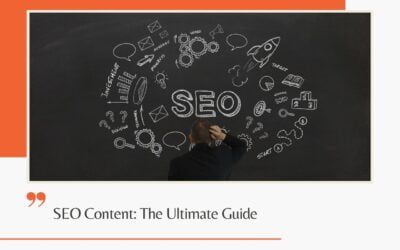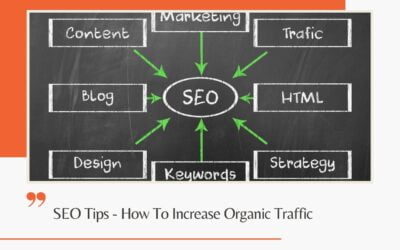Conversion optimisation was born out with the rapid growth in online marketing. As customers started trusting online sources to buy their products, there was a rush among the online vendors to gain the trust of more and more customers. Many websites witnessed massive growth in the number of visitors, but still, the ratio of these visitors turning out to be a potential customer was very low.
As a result, companies started investing in converting visitors to customers. This coined the term “Conversion Optimisation”. A straight forward definition of conversion optimisation is: optimising a website using various factors like geographical, demographic, behavioural etc. so that more and more customers get converted as a lead. On a broad scale, conversion optimisation can be divided into four major parts. These are:
- Impressions
- Click through
- Landing page
- Call to action
Generally, the conversion is calculated as the total percentage of visitors clicking on the call to action button to the total number of visitors coming to the landing page. This situation can be easily understood with the help of an inverted funnel having four partitions. Each partition represents one phase of conversion. The funnel has a wide mouth at the top, which is the total number of impression or the number of visitors coming to a landing page. The lowest part of the funnel (narrowest) is the total number of clicks on the final step or call to action. The diagram on this page explains this in more details.
Though many companies start analysing customer behaviour from landing page, it is advisable to start the observation from either the landing pages or at least the clicks.
Facts about conversion optimisation
Tracking
According to a survey, about 48% of the companies worldwide believe in customer journey analysis to improve online conversion. This analysis focuses on the steps or webpages which a visitor travels from the time he lands on the website to the time he goes off. Various tools like Google Analytics is very useful in tracking customer behaviour and can really help an organisation to determine the problem on the website.
Split Testing
A/B testing is another very effective method to analyse online conversion of a website. In such an analysis, customers are shown a different version of the landing page (or even the subsequent pages). By studying customer behaviour on a different form of the same page, a company can decide the best type of webpage which can give more conversion.
User Voice
Online surveys and customer feedback also helps to carry out steps needed for the conversion. Surveys or feedbacks help to know the behaviour of a customer and hence can give you enough data to carry out with conversion improvement. Various methods to collect such data are, having surveys on blogs, feedback forms, phone surveys etc. The most significant advantage of such studies is that you can straight away ask customers about anything which your competitor has and appeals to customers. Having such broad data can be useful as it can be applied in many similar industries.
Framing
Companies use numerous factors to divide their group of customers. Out of these demographic, geographic and behavioural are the most widely used factors. According to a survey, about one-third of the companies strictly use at least one of these three factors to frame their conversion path.
As conversion optimisation is not a very old concept, getting qualified professional to carry out analysis, is really tough for companies.
According to a survey, about 40% of the companies who do undertake conversion optimisation gave up due to the unavailability of quailed professionals.
Only 60% of companies working on online conversion optimisation have dedicated resources.
In the last few years, many organisations have emerged with service to carry out optimisation work for other companies. But they are costly, and according to a survey, about 39% of the companies do not have sufficient budget to outsource their conversion optimisation.





0 Comments
Trackbacks/Pingbacks